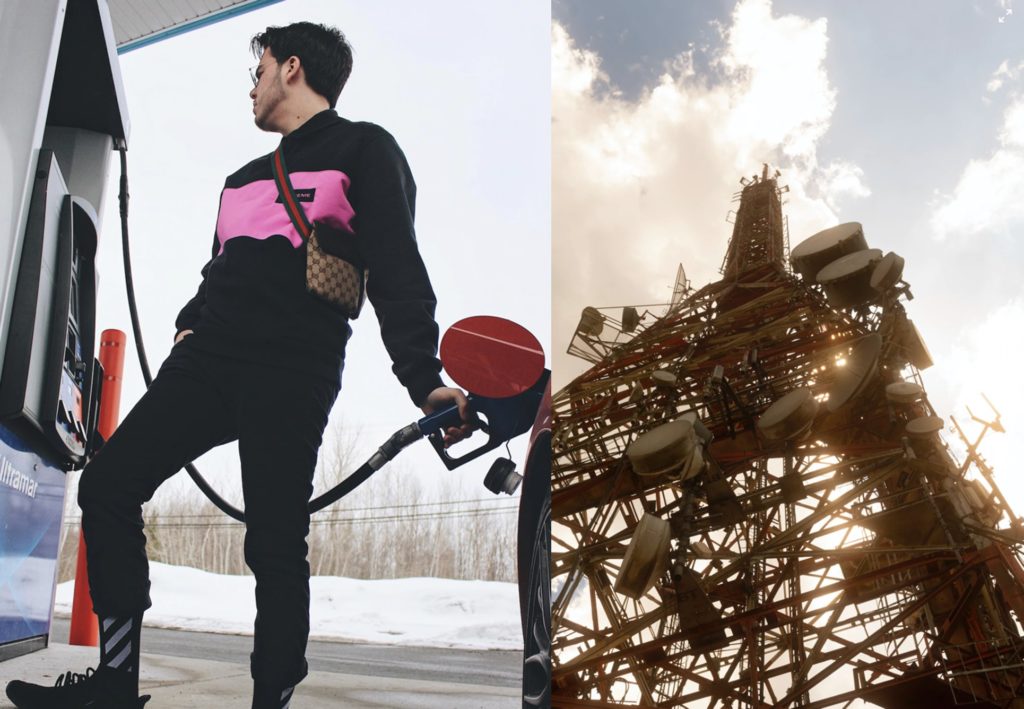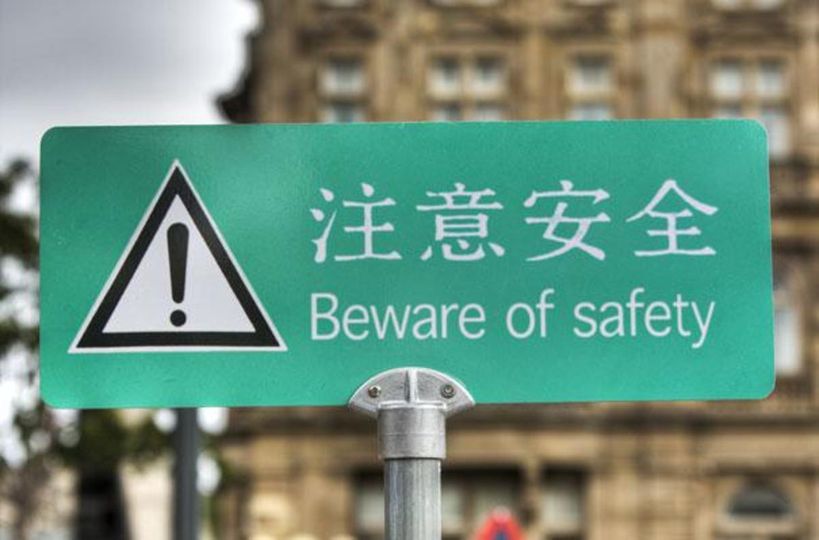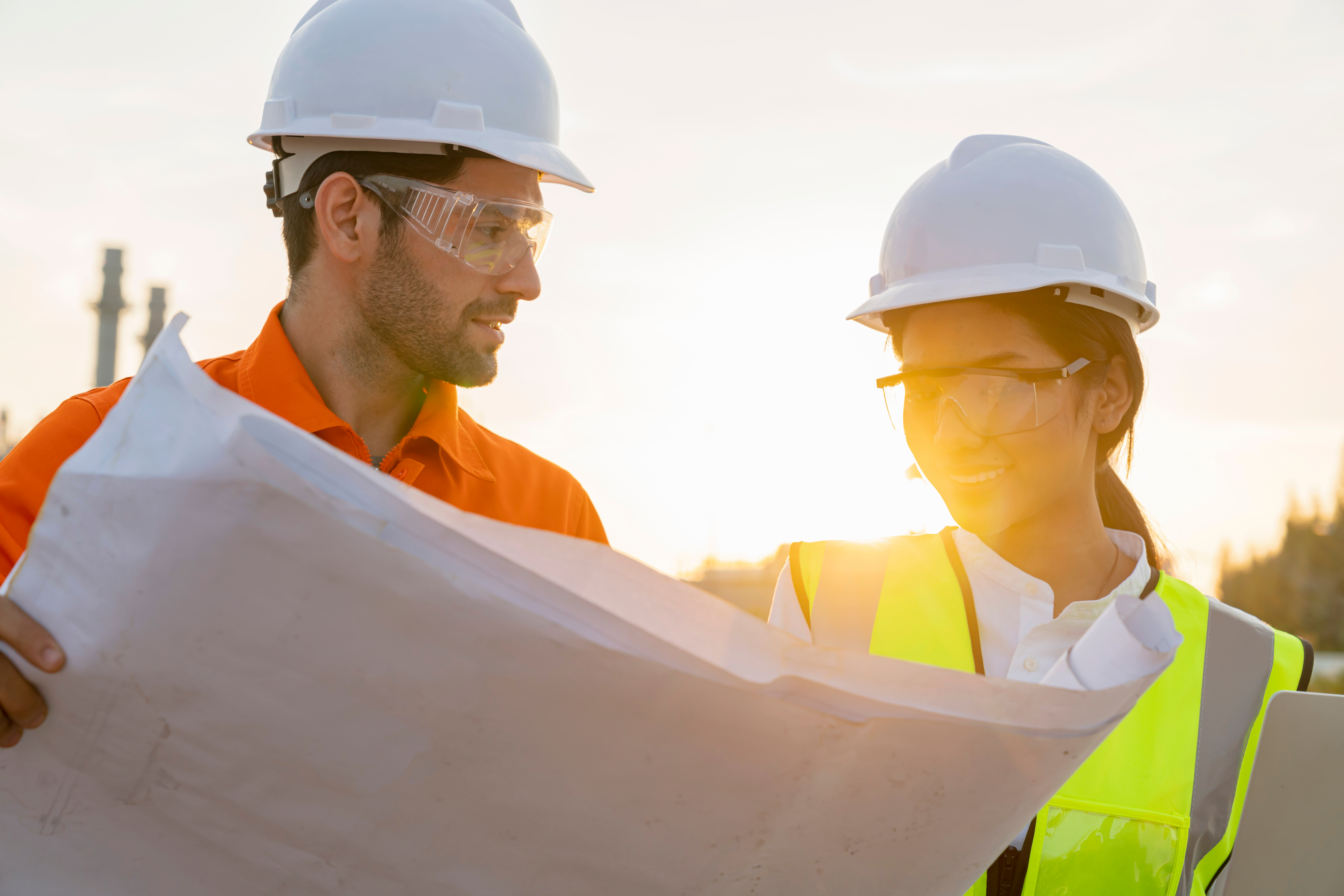Search
Joe Public, Class I, Division 2, and Gas Stations

Question 1: Have you ever been in a Class I, Division 2 (Zone 2) Classified Hazardous Area away from your workplace?
Let me answer that for you – YES.
Self-service gasoline pumping operations require the public, usually unknowingly, to perform activities within a Class I, Division 2/ Zone 2 hazardous location. If you put gas in your car, vapors will be displaced and may end up in precisely the location where you stand. Around the fuel dispenser there is always a Class I, Division 2 area (Ref 4).
Question 2: But does it matter?
Let me answer that for you – YES.
There have been a number of flash fires on gasoline forecourts involving members of the public, and in some of these cases, Mr. or Mrs. Joe Public was using their cell phone.
Question 3: Does that mean that cell phones have actually caused ignition of gasoline vapors on forecourts?
Let me answer that for you – NO.
At this point we are not aware of any proven cases of mobile phone signals causing ignition on gasoline forecourts, and this has been studied. BUT PLEASE LET US KNOW IF YOU THINK WE HAVE MISSED ONE!
The theory has been based on a real effect in physics. The signal transmitted from a mobile phone (electromagnetic waves) will induce charge to flow in adjacent metal and if there happens to be a gap to bridge, a spark may be induced. This is how aerials work. A radio transmitter broadcasts a signal that induce similar electrical signals in aligned metal they encounter (aerials). The signal is decoded, and you can listen to your favorite radio program. But with mobiles phones, the ‘broadcast signal’ is rather weak – and the power induced in surrounding metalwork, falls rapidly with distance.
Three separate studies concluded the following on mobile phone signal ignition risks at gas stations:
Ref 1: “…research into the cell phone – gas station issue provided virtually no evidence to suggest that cell phones pose a hazard at gas stations.…While it may be theoretically possible for a spark from a cell phone battery to ignite gas vapor under very precise conditions, the historical evidence does not support the need for further research”.
Ref 2: “the use of a cell phone at a gasoline filling station under normal operating conditions presents a negligible hazard and that the likelihood of such an accident under any conditions is very remote.” The report also noted “automobiles (which have numerous potential ignition sources) pose a greater hazard… Finally, other potential ignition sources are present, such as static discharge between a person and vehicle.”
Ref 3: “The seminar showed the findings of research undertaken to date demonstrating that although the majority of mobile phones are not specifically designed and constructed to prevent them igniting a flammable atmosphere (in accordance with standards for ‘protected equipment) the risk they present as a source of ignition is negligible.”
Question 4: So, what’s going on with forecourts and flash fires – which certainly do happen.
Actually, we have a security video that we use in some of our training courses on static electricity. It shows an unfortunate woman getting out of her car and moving immediately to the gas filling hose in the car. She approaches, touches, and a flame instantly engulfs her arms. She recoils and walk away! There are plenty of other proven, documented examples.
We know that static electricity is generated when you slide out of a car seat. If your footwear has a high electrical resistivity, the charge generated in getting out of your car will produce a voltage on your body of a few thousand volts which will discharge in a spark as you approach electrically earthed metal. This voltage is measurable – it is not theoretical. Anyway, you’ve probably felt a static spark (shock) when you get out of your car – most people have!
Question 5: So, does that mean that any old mobile phone can be used in any old flammable atmosphere?
Alas, NO. First of all, modern mobile phones have batteries storing significant amount of energy. Phones can fall and break and battery arcing can ignite flammable vapor atmospheres. If you don’t believe this, take a look at a video we made available here on our web site!
And secondly, there is a classified Hazardous Area on a gasoline forecourt according to US ANSI/ISA 12.12.03-2011, the Standard for Portable Electronic Products Suitable for Use in
Class I, Division 2, Class I Zone 2 Hazardous (Classified) Locations requires that all portable electronic equipment be approved for use in hazardous locations and shall be identified by listing and labelling acceptable to the authority having jurisdiction.
Personal electronic devices used by the public are not typically listed or certified as devices safe for hazardous locations. Typical cell phones and other portable electronic devices are not UL 913 or PEP 2 listed.
Question 6: Help?
For more help and information on the use of mobile phones in the workplace, please contact us. We do not charge for a friendly chat. In any case, we can help you with getting your Hazardous Areas properly Classified and advise on suitability of all types of electrical equipment in your Classified Hazardous Areas.
References
- Investigation of the Potential for Wireless Phones to Cause Explosions at Gas Stations.” Center for the Study of Wireless Electromagnetic Compatibility, University of Oklahoma, Norman, Oklahoma USA. August 2001
- Cell Phone Usage at Gasoline Stations.” Report to Motorola by Exponent Failure Analysis Associates, Menlo Park, California USA. December 1999.
- Institute of Petroleum Technical Seminar Proceedings, ‘Can Mobile Phones Communications Ignite Petroleum Vapour – Papers from a technical seminar held in London 11th March 2003’ Institute of Petroleum, London UK. 2003According to NFPA 70 and NFPA 30
- According to NFPA 70 and NFPA 30

Get in touch
To learn more about our expertise and services in dust explosion prevention & mitigation, call us at +1 609 455 0001 or email us at [email protected] today.
We also offer tailored virtual and in-company process safety training programs on Dust Explosions, Static Electricity and HAC (Hazardous Area Classification) and more. Find further information here.











